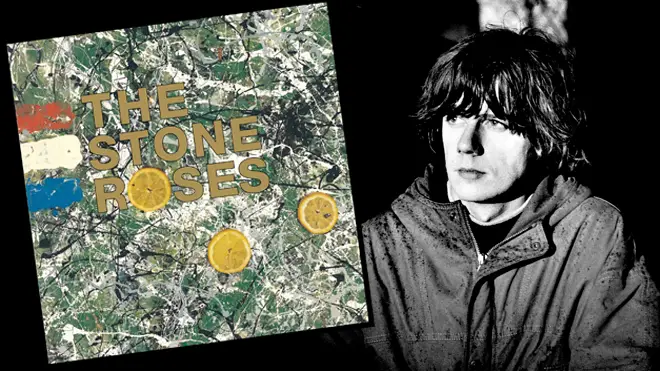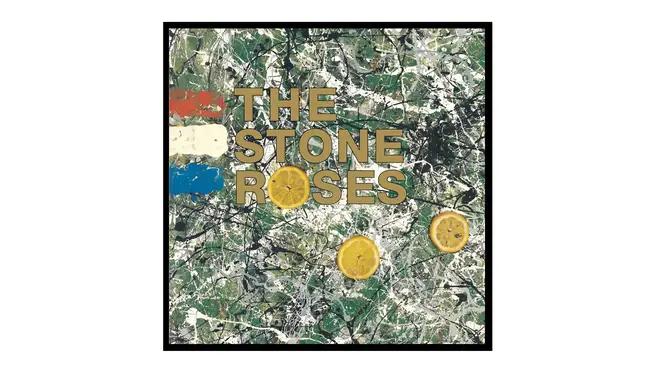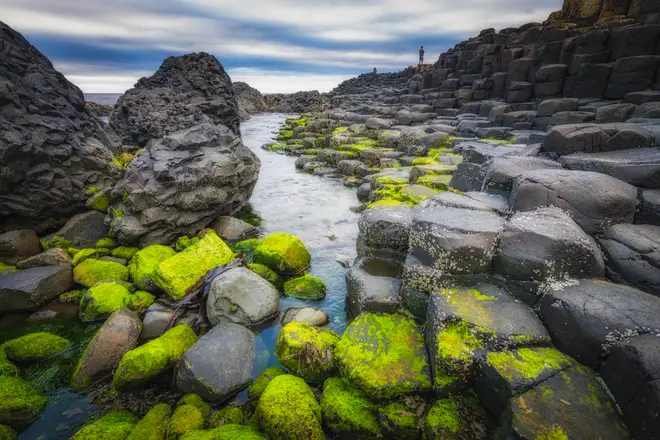John Squire's secret inspiration for The Stone Roses' debut album cover
24 November 2023, 15:00

We all know the guitarist painted the Roses artwork… but what was his inspiration behind the classic debut album’s cover painting?
When The Stone Roses released their debut album at the beginning of May 1989, it was the perfect package. The band’s image - slightly retro “baggy” clothing and deeply unfashionable haircuts for the time - was offset by their single and album cover artwork.

Designed by guitarist John Squire, the painting on the sleeve is titled Bye Bye Badman and displays the influence of American abstract painter Jackson Pollock. The splattered paint found its way into Squire’s painting, and onto the instruments of the band themselves.

Squire later elaborated on the work in the catalogue for a 2004 show at the ICA in London, saying: “I actually wasn’t happy with it, which is why the tricoleur ended up on there - that and the situationist theme of the song.”

The Stone Roses - Bye Bye Bad Man (Audio)
But there was another influence bubbling under - literally.
In the autumn of 1988, the Stone Roses played a show at the University of Ulster in Coleraine, Northern Ireland. While details of the actual date remain obscure, Squire told Select magazine in 1997 that the band took time out for a quick trip to see the Giant’s Causeway.
Squire explained that the deep green colour that forms the background of the cover painting “was based on the colour of the water and the foam at the Giant’s Causeway”.
Have a look and see if you can spot the similarity…








